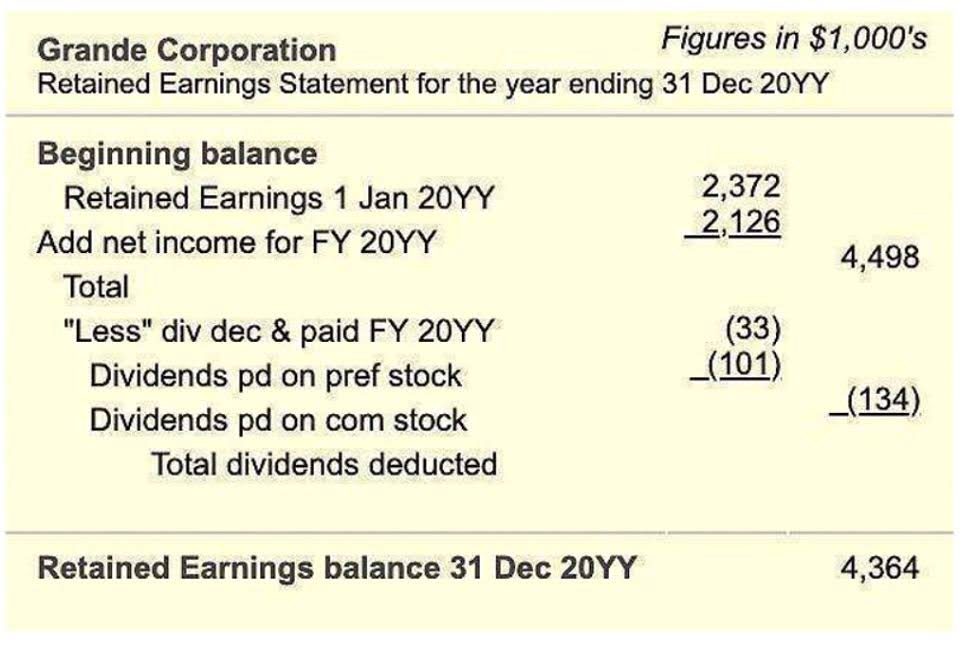
Therefore, contra equity accounts have a debit balance to offset their corresponding equity balances. However, some asset accounts need a negative counterpart to reduce the balance of that account. The debit balance of the asset account and the credit balance of the contra asset account determine the net value of the asset. For example, when a line item on your balance sheet presents the balance of accounts receivable, report the value of allowance of uncollectible accounts below the accounts receivable line. Be sure to enter the contra account on the opposite column of the account they’re offsetting.
Accumulated Depreciation as a Contra Asset
Now, if that sounded like a lot of mumbo-jumbo jargon to you, don’t worry. In this article, we’re going on a deep dive into what exactly a contra account is, how contra accounts work, why and how you would use contra accounts and more. The accounting entries for a discount on notes receivables are as follows. Any company that owns intangible assets such as software, patents, etc., will maintain an accumulated amortization account. Similar to depreciation, this account plays a significant role in representing the book value of a company’s assets.
How to Present Contra Accounts on Financial Statements
For example, if a company just reported equipment at its net amount, users would not be able to observe the purchase price, the amount of depreciation attributed to that equipment, and the remaining useful life. Contra asset accounts allow users to see how much of an asset was contra account written off, its remaining useful life, and the value of the asset. Contra equity is a general ledger account with a debit balance that reduces the normal credit balance of a standard equity account to present the net value of equity in a company’s financial statements.
List of common contra accounts
The dollar balance in the allowance for uncollectible accounts is the amount you don’t expect to collect, and this offsets the amount you report in accounts receivable. Contra accounts allow you to show the amounts that offset a paired related account. As a small business owner, understanding how to set up contra accounts enables you to prepare and maintain accurate financial records. Therefore, to ensure accounts receivable stays clean and transparent, CCC will record $2,500 in the contra asset account called “Allowance for Doubtful Accounts”. This will ensure the net value of accounts receivable at year-end is not overstated. The Notes Receivable account documents the total value of any promissory notes held by the company.
- This indicates that out of $100,000 sales, your customers return goods valued at $500.
- It is not classified as a liability since it does not represent a future obligation.
- For example, if an account has a debit balance, a contra account will have a credit balance.
- If you debit the contra account, ensure that you offset the related account with a credit balance.
- Inventory obsolescence is an expense account, while the allowance for obsolete inventory is a contra asset account, which aims to reduce the inventory valuation on your balance sheet.
Allowance for Doubtful Accounts
There are several examples of contra accounts, including accumulated depreciation, accumulated depletion, accumulated amortization, allowance for receivables, etc. These are all examples of contra-asset accounts, which are the prevalent type of contra accounts. It is paired with the trade accounts receivable account, and contains a reserve for receivables that are unlikely to be paid by customers.

When a contra asset account is first recorded in a journal entry, the offset is to an expense. For example, an increase in the form of a credit to allowance for doubtful accounts is also recorded as a debit to increase bad debt expense. In a sales returns and allowances contra revenue account, you offset the balance in the sales revenue account.

The credit balance in this account is amortized or allocated to Interest Income or Interest Revenue over the life of a note receivable. In either case, using these accounts can help you better manage depreciation expense, keep your accounts receivable balance accurate, and properly dispose of and account for obsolete inventory. Contra asset accounts provide business owners with the true value of certain asset accounts. For example, let’s say your accounts receivable balance is currently $11,500, but you’re not entirely sure that you’ll be able to collect the entire balance due. Contra Equity Account – A contra equity account has a debit balance and decreases a standard equity account.
Contra account examples
Properly documenting these contra accounts in your ledger can sometimes feel counter-intuitive since they operate in an opposite manner from their parent accounts. Consider an asset account, where the values are listed as debits, and the account itself will present a positive total. Conversely, for a contra asset account like depreciation, you would list all entries as a credit, carrying a negative total balance for the overall account. A contra asset account is an asset account with a natural credit balance. This account is paired with and offsets another asset account, so that a net balance is reported on the balance sheet.
Types of Contra Assets
By tracking contra accounts, a company can make more informed decisions about asset management, liability settlement, and overall financial planning. Contra accounts are an essential component of the accounting process, designed to reflect the true value of assets, liabilities, equity, or revenue of a business. They provide a more nuanced picture of a company’s finances, allowing stakeholders to make informed decisions based on realistic, transparent financial information.

By viewing these accounts — the parent and contra — in tandem, business owners can gain broader insights, preserve the historical figures stored in the parent account, and make accommodations for any relevant changes. Contra asset accounts also help companies keep their general ledgers organized. By recording reductions in a separate account, companies can get better insights into their actual accounts. The most prominent of these include allowing companies to present a more accurate picture of their assets.

